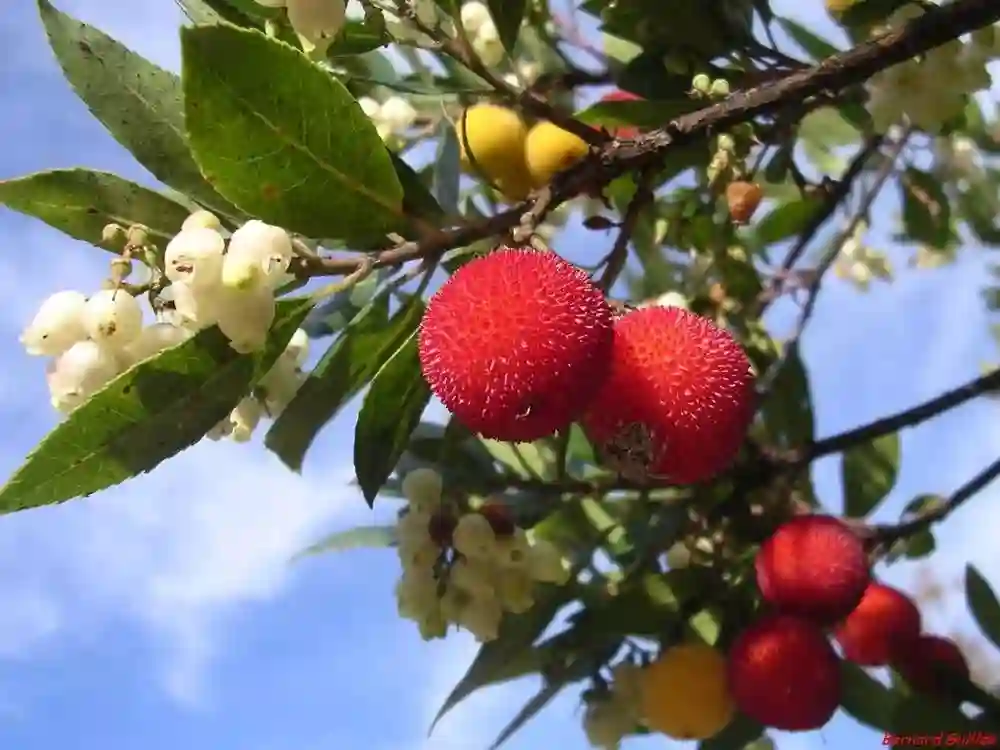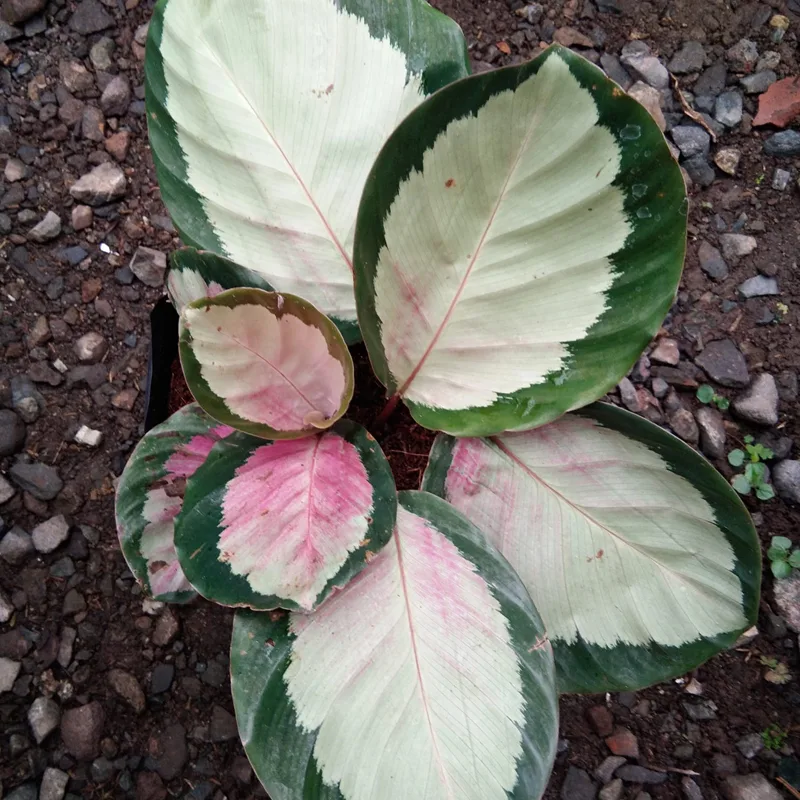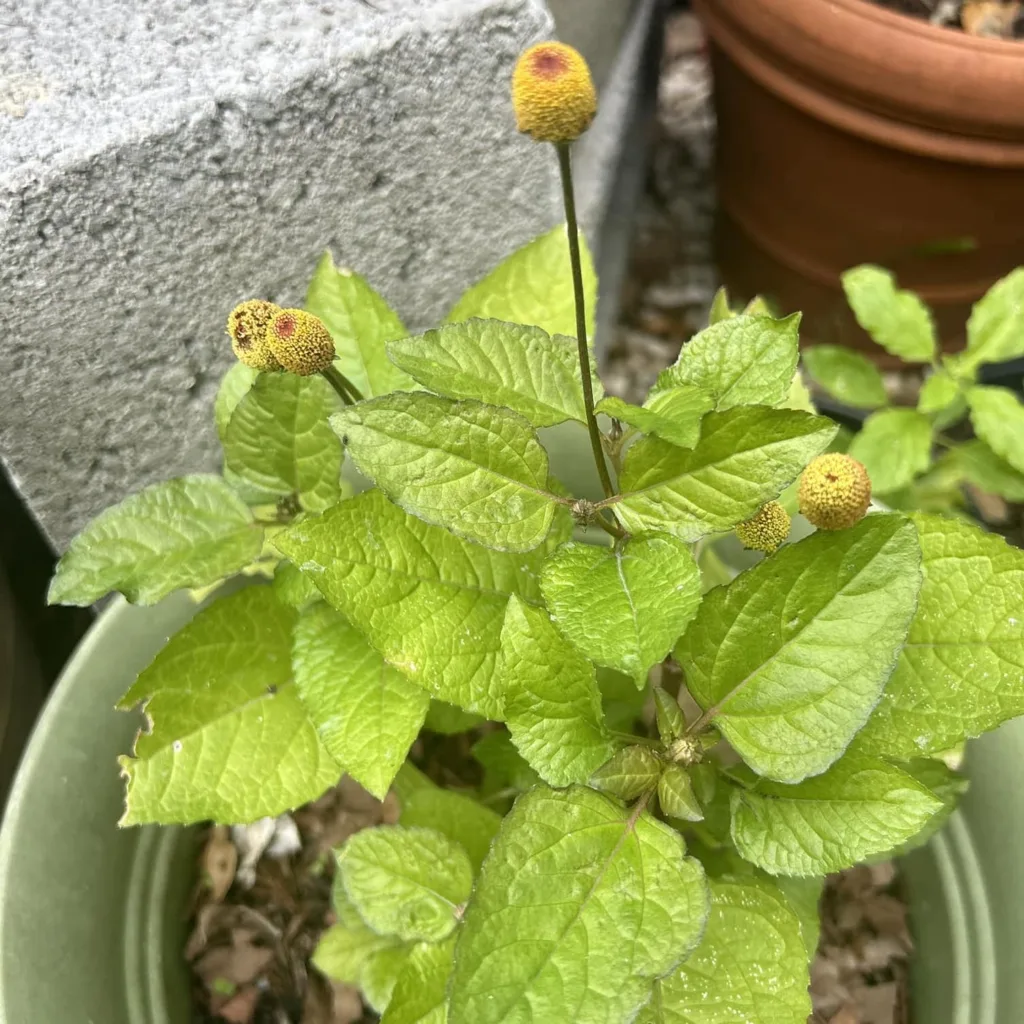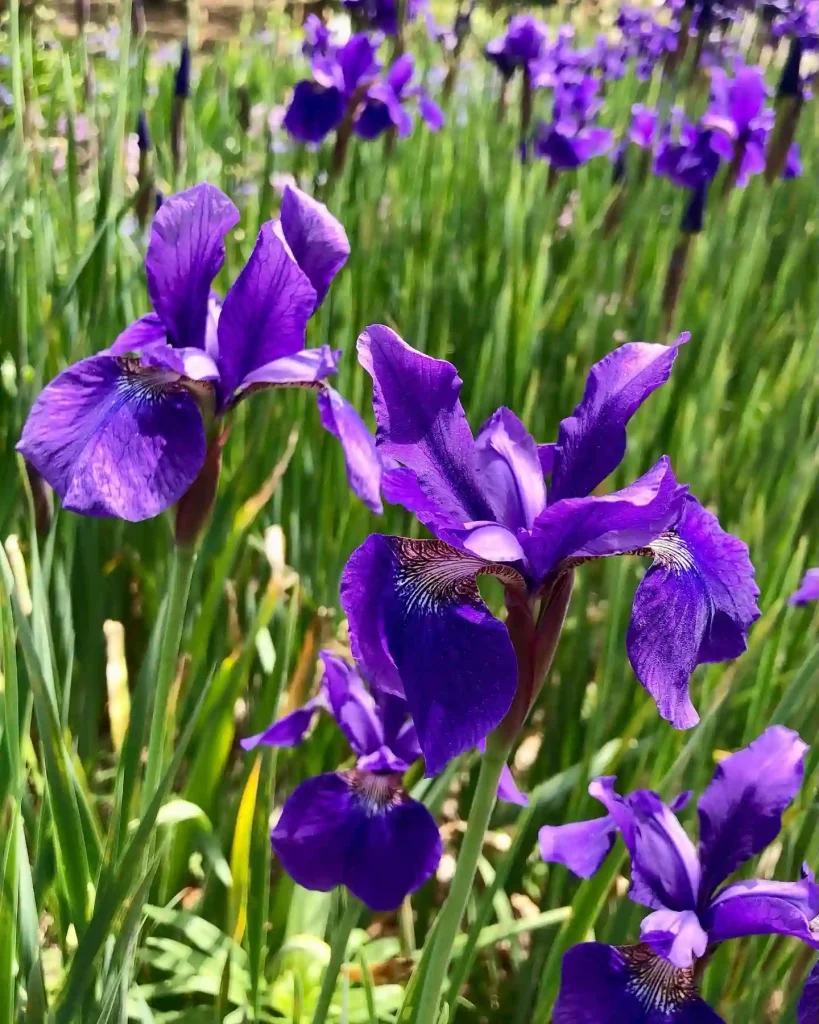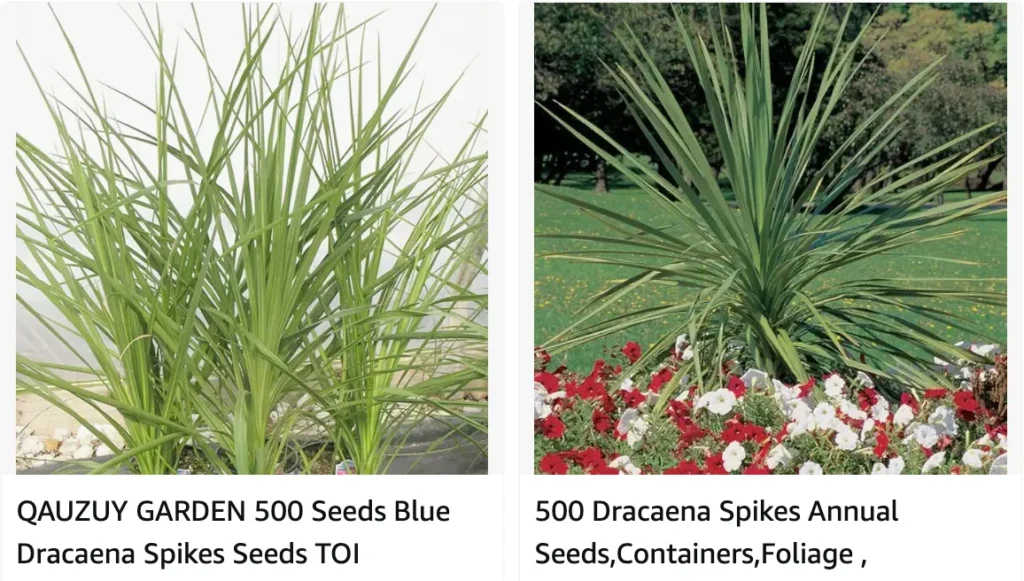
Cordyline indivisa vs cordyline australis
I’ve grown Cordyline indivisa before, and I loved its dramatic, sword-like leaves that added a unique flair to my garden. On the other hand, Cordyline australis, with its more compact, lush foliage, brought a vibrant tropical feel that was equally impressive but in a more rounded way. Both have their charm, but I found the Cordyline australis a bit easier to manage in terms of size and growth habits.
Are Dracaena spikes perennial?
Yes, Dracaena spikes, also known as Cordyline Indivisa, are perennial plants. They can live for several years, provided they are given proper care and growing conditions.
How to germinate Dracaena spike seeds?
Propagating Dracaena Spikes from seeds can be a rewarding experience, though it takes patience as germination can be slow. Here’s a guide to increase your chances of success:
Seed Preparation (optional):
- Soaking the seeds for 3-5 days in lukewarm water can help soften the seed coat and improve germination rates. However, some gardeners skip this step altogether.
Planting:
- Potting Mix: Use a well-draining, sterile seed starting mix. You can find pre-mixed options or create your own using a combination of peat moss, perlite, and vermiculite.
- Potting Container: Choose a small pot with drainage holes.
- Moistening the Mix: Moisten the seed starting mix thoroughly but avoid making it soggy.
Planting the Seeds:
- Sow the seeds: Place the seeds on the surface of the moist mix and gently press them down slightly. You don’t need to cover them with soil as light aids germination for Dracaena seeds.
- Label the Pot: For future reference, label the pot with the plant name, sowing date, and any specific details about your planting method (soaking or not soaking seeds).
Aftercare:
- Light: Place the pot in a warm location (around 68-80 degrees Fahrenheit or 20-27 degrees Celsius) with bright, indirect sunlight. Avoid direct sunlight, especially during the hottest parts of the day.
- Humidity: Maintain consistent humidity around the seeds. You can achieve this by:
- Covering the pot with a clear plastic dome or humidity tray.
- Misting the surface of the mix regularly (avoid overmisting).
- Watering: Keep the soil consistently moist but not soggy. Here’s a simple way to check moisture: Gently lift the pot to feel its weight. If it feels lightweight, it’s time to water.
- Germination: Be patient! Seed germination can take anywhere from 6 weeks to several months.
- Light and Air: Once seedlings emerge, gradually increase air circulation by removing the plastic cover (if used) for short periods each day. Eventually, remove it completely.
- Thinning (optional): If multiple seedlings sprout in one pot, you can thin them to the strongest one by gently pinching off the weaker ones at the soil line.
Additional Tips:
- Bottom heat: Using a heat mat can help maintain ideal soil temperature for germination, especially in cooler climates.
- Fertilizer: Hold off on fertilizing until the seedlings have several sets of true leaves. Then, use a diluted liquid fertilizer formulated for seedlings according to package instructions.
- Transplanting: Once the seedlings are a few inches tall and have developed a good root system, you can transplant them into individual pots with regular potting mix.
Is Dracaena spike an air purifier?
Yes, Dracaena spikes are known for their air-purifying qualities. They can help remove indoor air pollutants such as formaldehyde, benzene, and trichloroethylene, making them a popular choice for indoor spaces.
Is Dracaena spike poisonous?
Dracaena spikes are considered mildly toxic to pets such as cats and dogs if ingested. They contain saponins, which can cause gastrointestinal upset, including vomiting and diarrhea, if consumed in large quantities.
How to overwinter Dracaena spikes?
To overwinter Dracaena spikes, keep them indoors in a location with bright, indirect light and temperatures above 50°F (10°C). Reduce watering frequency during the winter months, allowing the soil to dry out slightly between waterings.
Is Spike Dracaena poisonous to dogs?
Yes, Spike Dracaena is considered toxic to dogs if ingested. It can cause gastrointestinal discomfort, including vomiting and diarrhea, if large quantities of plant material are consumed.
Are Spike Dracaena deer resistant?
While Dracaena spikes are not typically preferred by deer, they are not considered deer resistant. In areas with high deer populations, it’s advisable to protect Dracaena spikes from browsing deer.
Is Spike Dracaena poisonous to cats?
Yes, Spike Dracaena is considered toxic to cats if ingested. It can cause vomiting, diarrhea, and other gastrointestinal symptoms if ingested in large amounts.
Are Dracaena spikes poisonous to dogs?
Yes, Dracaena spikes are considered toxic to dogs if ingested. They contain compounds that can cause gastrointestinal upset, including vomiting and diarrhea, if consumed in large quantities.
Can you grow Dracaena spikes indoors?
Yes, Dracaena spikes are commonly grown indoors as houseplants. They thrive in bright, indirect light and can tolerate lower light conditions. Keep them away from drafts and cold temperatures, and water them when the top inch of soil feels dry.
How big do Dracaena spikes get?
Dracaena spikes can vary in size depending on their age and growing conditions. In indoor settings, they typically grow to heights of 4 to 6 feet, though some specimens may grow taller under optimal conditions.
How far apart to plant Dracaena spikes?
When planting Dracaena spikes outdoors or in containers, space them about 2 to 3 feet apart to allow for proper air circulation and growth. This spacing ensures that each plant has enough room to develop without crowding neighboring plants.
